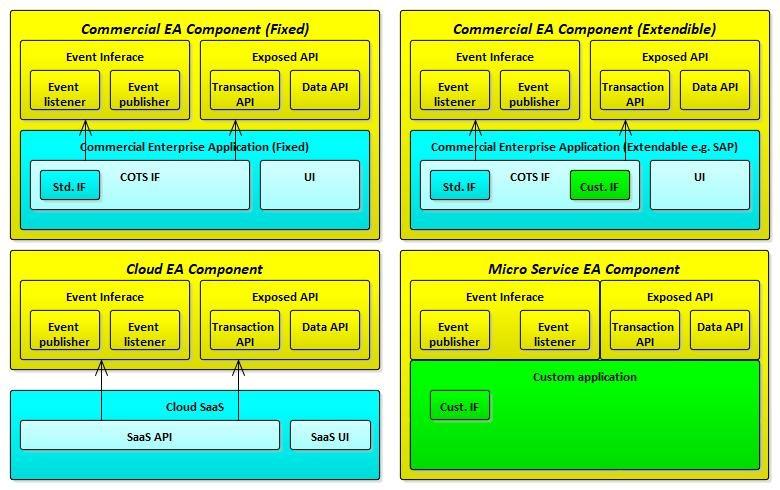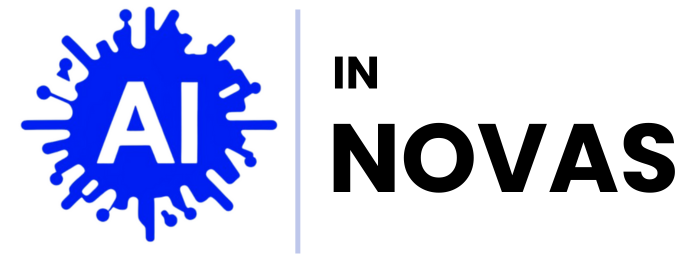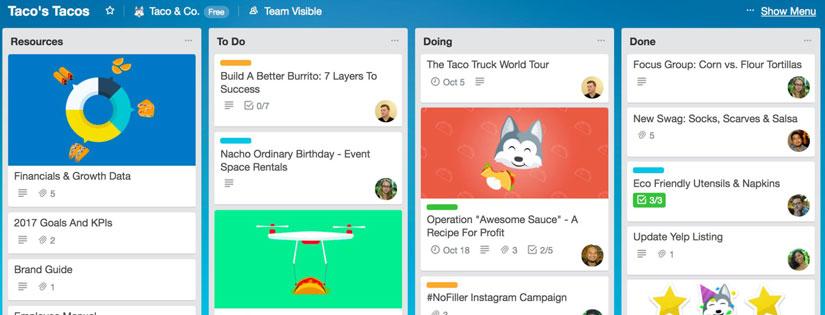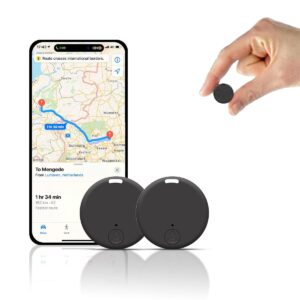In the bustling world of project management, where deadlines loom and collaboration is key, the right tool can make all the difference. Imagine navigating through a labyrinth of tasks, deadlines, and team dynamics with nothing but a compass and a map. Enter Trello and Asana—two giants in the realm of project management tools, each offering a unique approach to organizing chaos into order. Trello, with its visual boards and cards, beckons to those who thrive on flexibility and creativity. Meanwhile, Asana stands firm with its structured lists and robust features, appealing to teams that crave organization and accountability. But which tool truly reigns supreme? In this article, we will dive deep into the strengths and weaknesses of both Trello and Asana, helping you determine which platform best fits your project management style and team needs. The choice awaits, so let’s embark on this exploration together.
Comparative User Experience of Trello and Asana
Trello offers an intuitive and visually appealing interface that revolves around the concept of boards, lists, and cards. This layout is especially beneficial for teams that value a clear, visual workflow, allowing users to easily drag and drop tasks between different stages of completion. Its flexibility enables users to customize boards with various background images and colors, further enhancing user engagement. Additionally, Trello’s straightforward approach minimizes the learning curve for new users, making it a popular choice among startups and small teams.
In contrast, Asana provides a more structured user experience, catering to teams that prefer a detailed task management approach. With features such as subtasks, milestones, and advanced project views like Gantt charts, Asana is suited for projects that require meticulous tracking and organization. The interface, while user-friendly, can appear more complex due to its myriad options and functionality. Asana also facilitates deeper project insights through its reporting capabilities, which can be invaluable for larger teams seeking to assess performance and productivity.

Features That Set Trello and Asana Apart
Trello’s strength lies in its visual project management approach, leveraging the use of boards, lists, and cards to create a highly intuitive interface. Users can easily customize their boards by applying different labels and colors to tasks, enabling a quick visual overview of project status at a glance. Furthermore, Trello employs a unique drag-and-drop functionality that allows users to move tasks between lists seamlessly, creating a fluid and dynamic work environment. The platform also thrives on a vibrant ecosystem of Power-Ups, which enhance functionality by integrating with popular tools like Slack, Google Drive, and more, thus catering to varied workflow requirements.
Asana, on the other hand, focuses heavily on task management and collaboration, offering features that facilitate team communication and deadline tracking. Its timeline view is a standout, allowing teams to visualize project schedules in a Gantt chart format, which aids in long-term planning. Asana’s customization capabilities also shine through with options such as task dependencies and subtasks, which empower users to break larger projects down into manageable pieces. Additionally, Asana excels in reporting, providing in-depth insights through various widgets and custom dashboards, helping teams to keep track of productivity and performance metrics with ease.

Integration Capabilities and Automation Tools
When it comes to integration capabilities, both Trello and Asana shine in their own ways, catering to various preferences within project management. Trello excels with its expansive Power-Up marketplace, allowing users to connect seamlessly with popular applications. This includes integrations like Slack, Google Drive, and Zapier, enabling teams to automate workflows and enhance communication. On the other hand, Asana takes a different approach by offering native integrations with key tools such as Microsoft Teams and Salesforce, streamlining collaboration across platforms. This intrinsic integration support can be particularly beneficial for enterprises looking for a comprehensive suite without relying heavily on third-party options.
Moreover, automation tools serve as a game-changer for both platforms. With Trello, users can utilize the Butler feature for automating repetitive tasks—such as moving cards, assigning team members, or setting due dates based on triggers you define. Asana rivals this with its Rules and Custom Fields, enabling teams to create workflows that automatically react to changes, add tags, or update project statuses. Below is a quick comparison of the automation capabilities:
| Feature | Trello | Asana |
|---|---|---|
| Task Automation | Yes, via Butler | Yes, via Rules |
| Third-Party Integration | Extensive Power-Ups | Built-in Integrations |
| Customization Options | Custom Commands | Custom Fields & Triggers |

Cost Versus Value: Choosing the Right Option for Your Team
When evaluating Trello and Asana, it’s essential to weigh the cost of each tool against the value it brings to your project management needs. Trello operates on a freemium model that allows teams to get started without any upfront investment. Its simple and intuitive interface is designed for flexibility, making it perfect for smaller teams or less complex projects. However, as your team grows and your project needs become more intricate, you might find yourself needing to upgrade to one of Trello’s paid plans, which offer enhanced features such as automation through Butler and advanced integrations.
On the other hand, Asana’s pricing structure can appear steeper at first glance, yet this fee often translates into a more robust set of features right out of the gate. Its offering includes advanced task management tools, timeline views, and collaboration features that cater well to larger teams and projects with multiple dependencies. To help you gauge which tool might provide a higher return on investment for your workflow, consider the following:
| Feature | Trello | Asana |
|---|---|---|
| Pricing Model | Freemium | Monthly Subscription |
| Task Management | Basic Lists & Boards | Advanced Features & Views |
| Collaboration Tools | Limited | Comprehensive Options |
| Automation | Available (Paid Plan) | Built-In Automations |
In Retrospect
In the ever-evolving landscape of project management tools, both Trello and Asana stand out, each carving a distinct path that caters to different workflows and team dynamics. As we conclude our exploration, it’s clear that the choice between these two platforms rests largely on your specific needs and preferences.
Trello enchants with its visual simplicity and kanban-style boards, appealing to those who thrive on flexibility and creativity in managing tasks. Meanwhile, Asana shines with its robust features, offering a more structured approach that can empower teams to track intricate projects and deadlines with ease.
Ultimately, the true ‘better’ tool is the one that aligns seamlessly with your team’s goals and culture. As you weigh the strengths and weaknesses of each, consider not just the functionalities but also how they resonate with your project’s unique rhythm. Whether you gravitate toward the free-spirited nature of Trello or the comprehensive organization of Asana, both can fuel your productivity and empower collaboration.
So, take a moment to reflect on what matters most to your team. After all, the right project management tool can transform the way you work, bringing clarity and focus to even the most ambitious of endeavors. Happy planning!





Pingback: Trello vs. Asana: A Head-to-Head Battle in Project Management - AI in Novas
Pingback: Trello vs. ClickUp: Which Project Management Tool Offers More Flexibility? - AI in Novas
Pingback: Slack vs. Microsoft Teams: Which Collaboration Tool is Better? - AI in Novas